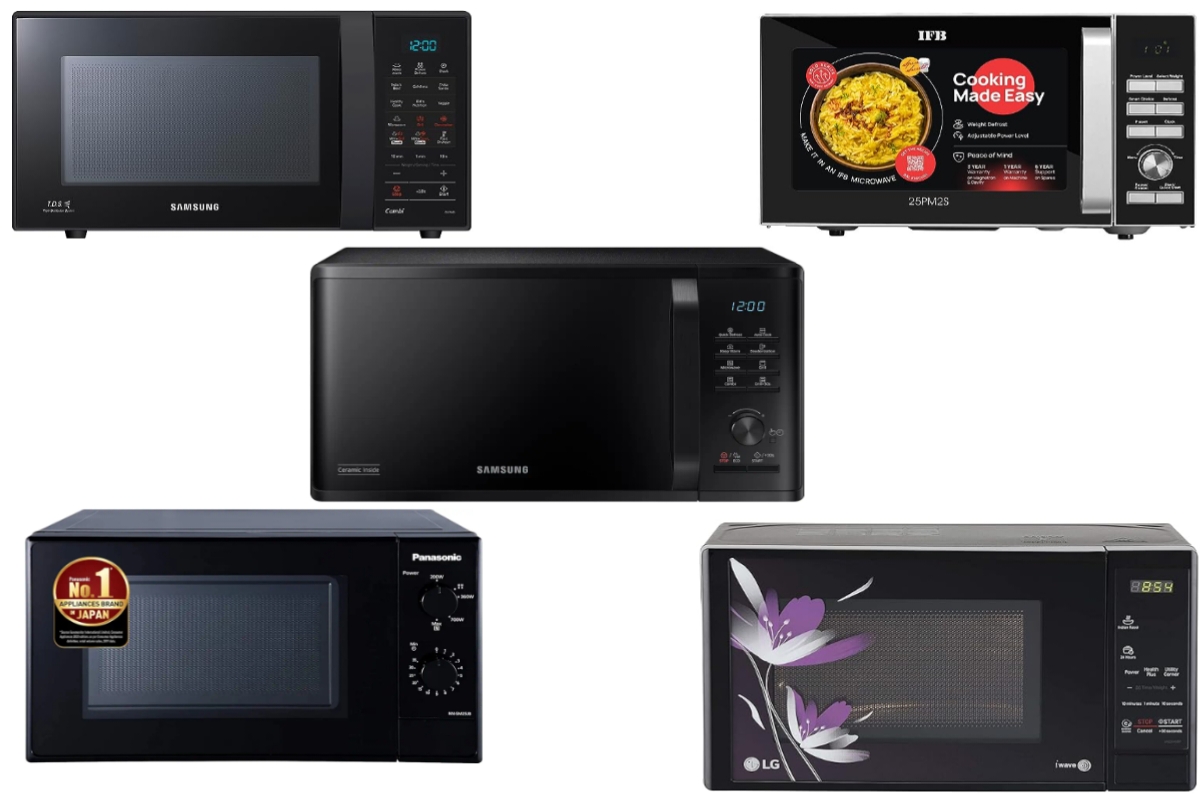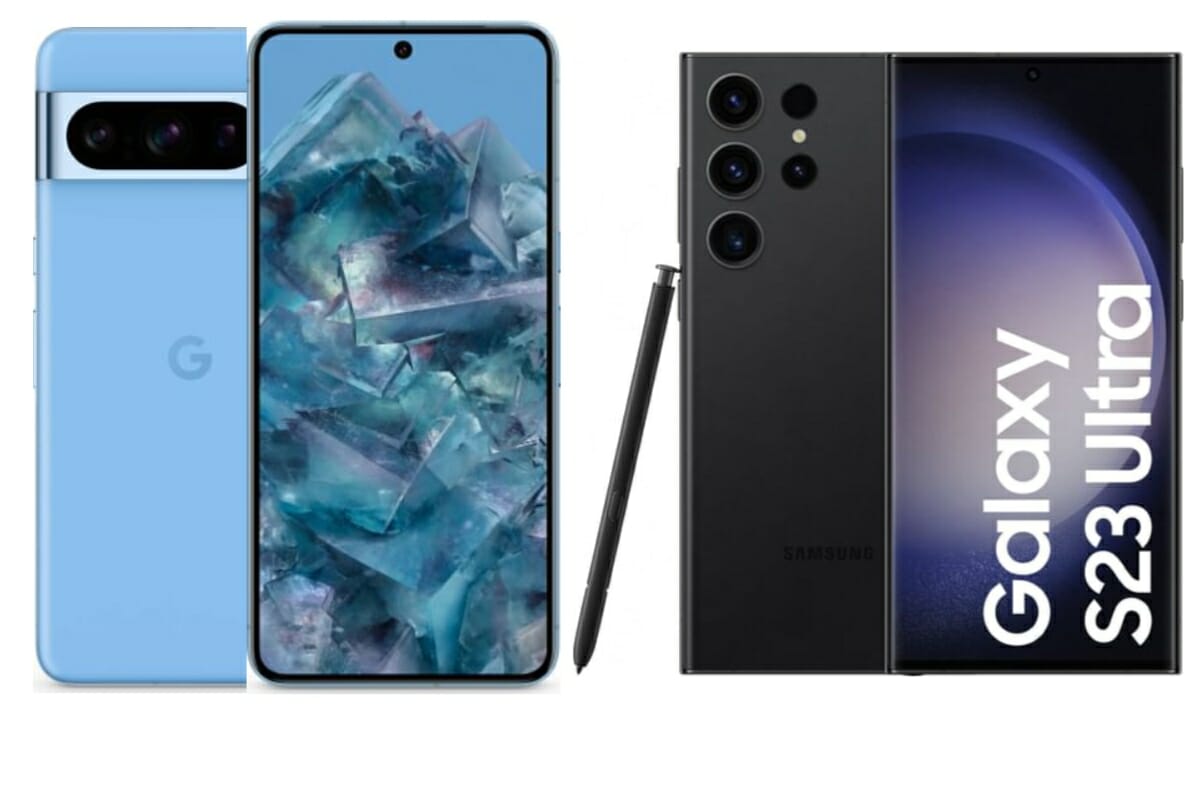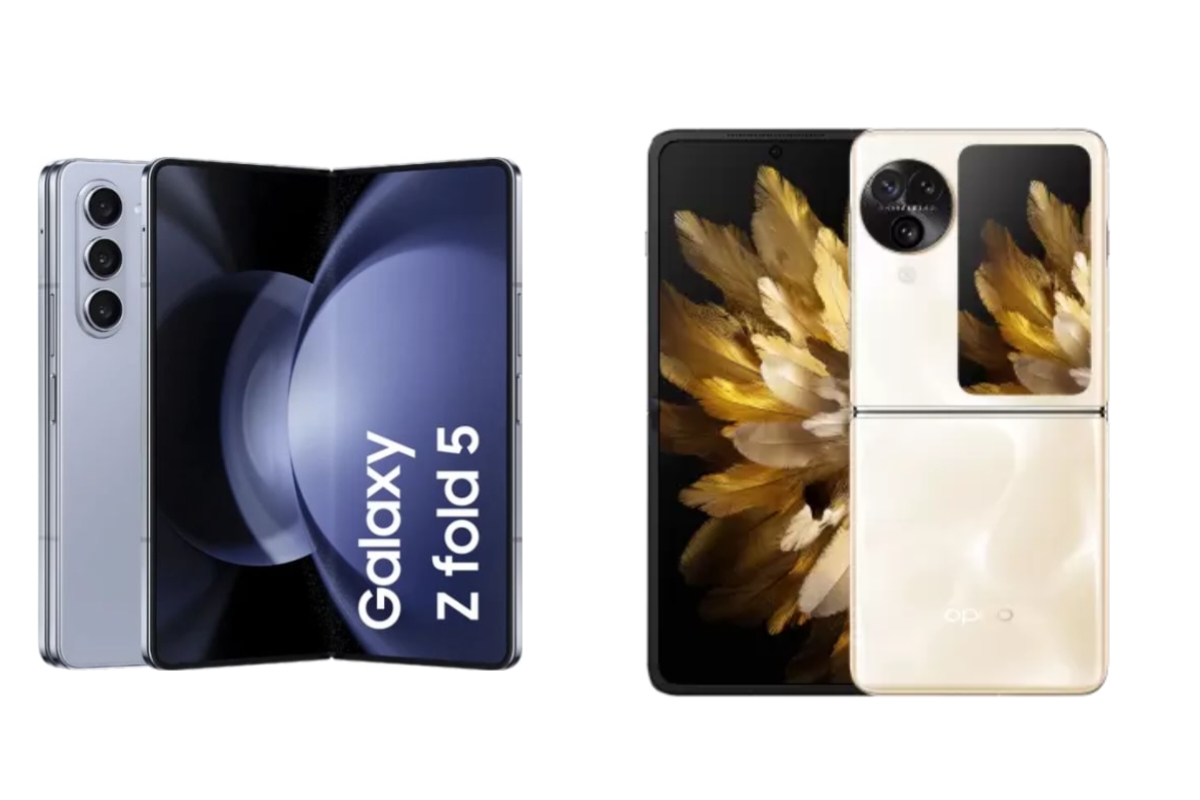Samsung Galaxy S23 vs Samsung Galaxy S21: One of the smallest high-end Android smartphones on the market right now is the Samsung Galaxy S23. We’ll contrast it with its predecessor in this piece. We’ll contrast the Samsung Galaxy S23 with Galaxy S21 this time. There aren’t many options available if you’re looking for a more compact flagship at this point, even though many of you are undoubtedly thinking about upgrading.Let’s examine the contrast between the two phones.
Samsung Galaxy S23 vs Samsung Galaxy S21: Specifications
| Specifications | Samsung Galaxy S23 | Samsung Galaxy S21 |
| Screen resolution | 2340 x 1080 | 2400 x 1080 |
| SoC | Qualcomm Snapdragon 8 Gen 2 for Galaxy | Qualcomm Snapdragon 888 or Samsung Exynos 2100 |
| RAM | 8GB (LPDDR5X) | 8GB (LPDDR5) |
| Storage | 128GB (UFS 3.1)/256GB (UFS 4.0)/512GB (UFS 4.0), non-expandable | 128GB/256GB, non-expandable |
| Rear cameras | 50MP, 12MP, 10MP | 12MP, 12 MP, 64MP |
| Front cameras | 12MP | 10MP |
| Battery | 3,900mAh, non-removable, 25W wired charging | 4,000mAh, non-removable, 25 fast wired charging |
| Dimensions | 146.3 x 70.9 x 7.6mm | 151.7 x 71.2 x 7.9mm |
| Weight | 168 grams | 169 grams |
| Security | In-display fingerprint scanner (ultrasonic) | In-display fingerprint scanner (ultrasonic) |
| OS | Android 13 One UI 5.1 | Android 11 (upgradable) One UI 3.0 |
Display
These two gadgets do resemble one another slightly. They both have thin displays, flat displays, and centred display camera holes. The corners’ curve is likewise very similar. When you flip them, though, you can tell the two apart with ease. Unlike the Galaxy S23, the Galaxy S21 features a separate camera island. The Galaxy S23’s three cameras each protrude directly from the backplate.
Design
A 6.1-inch fullHD+ (2340 x 1080) Dynamic AMOLED 2X display is included on the Samsung Galaxy S23. This display is flat and has a refresh rate of 120 Hz. Additionally, it supports HDR10+ video and has a maximum brightness of 1,750 nits. The aspect ratio of the display is 19.5:9, and the panel itself is safeguarded by Gorilla Glass Victus 2.The 6.2-inch fullHD+ (2400 x 1080) Dynamic AMOLED 2X display on the Galaxy S21, on the other hand, offers a refresh rate of 120Hz. Additionally, it supports HDR10+ media. You might be curious as to what makes the Galaxy S23 distinct. Well, the aspect of brightness. This panel’s maximum brightness is 1,300 nits, far less than the Galaxy S23’s screen. Also flat, but with a different aspect ratio of 20:9, is this display. The Gorilla Glass Victus shields this display.
Camera
The 6.2-inch fullHD+ (2400 x 1080) Dynamic AMOLED 2X display on the Galaxy S21, on the other hand, offers a refresh rate of 120Hz. Additionally, it supports HDR10+ media. You might be curious as to what makes the Galaxy S23 distinct. Well, the aspect of brightness. This panel’s maximum brightness is 1,300 nits, far less than the Galaxy S23’s screen. Also flat, but with a different aspect ratio of 20:9, is this display. The Gorilla Glass Victus shields this display.In almost every aspect, the Galaxy S23 delivers superior results. The ultrawide camera has seen the least noticeable adjustment, but that doesn’t mean the Galaxy S23 isn’t better in that area as too. The Galaxy S23 is able to capture photographs that are clearer, better balanced, and even performs better with HDR. The outcomes are crisper and more consistently well-exposed in low light.
Keep watching our YouTube Channel ‘DNP INDIA’. Also, please subscribe and follow us on FACEBOOK, INSTAGRAM, and TWITTER












